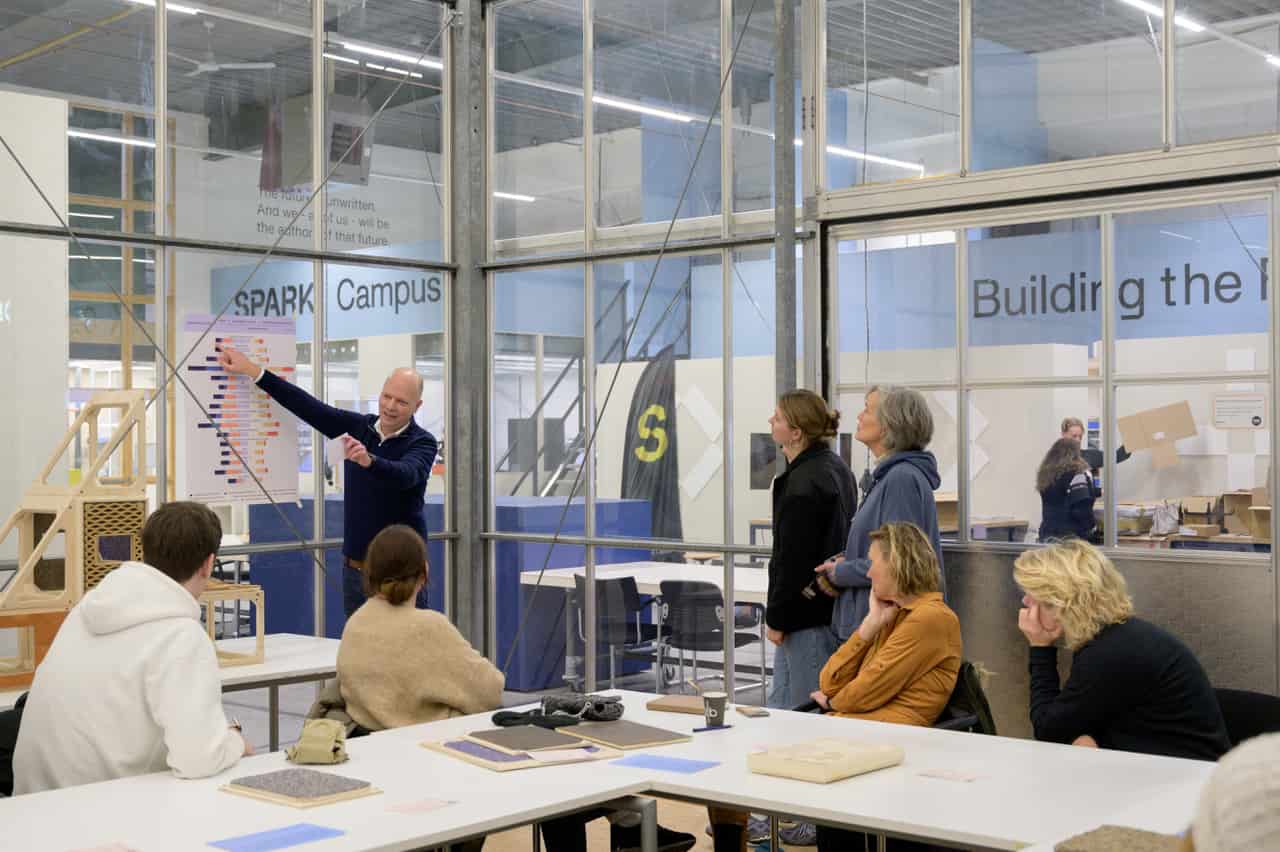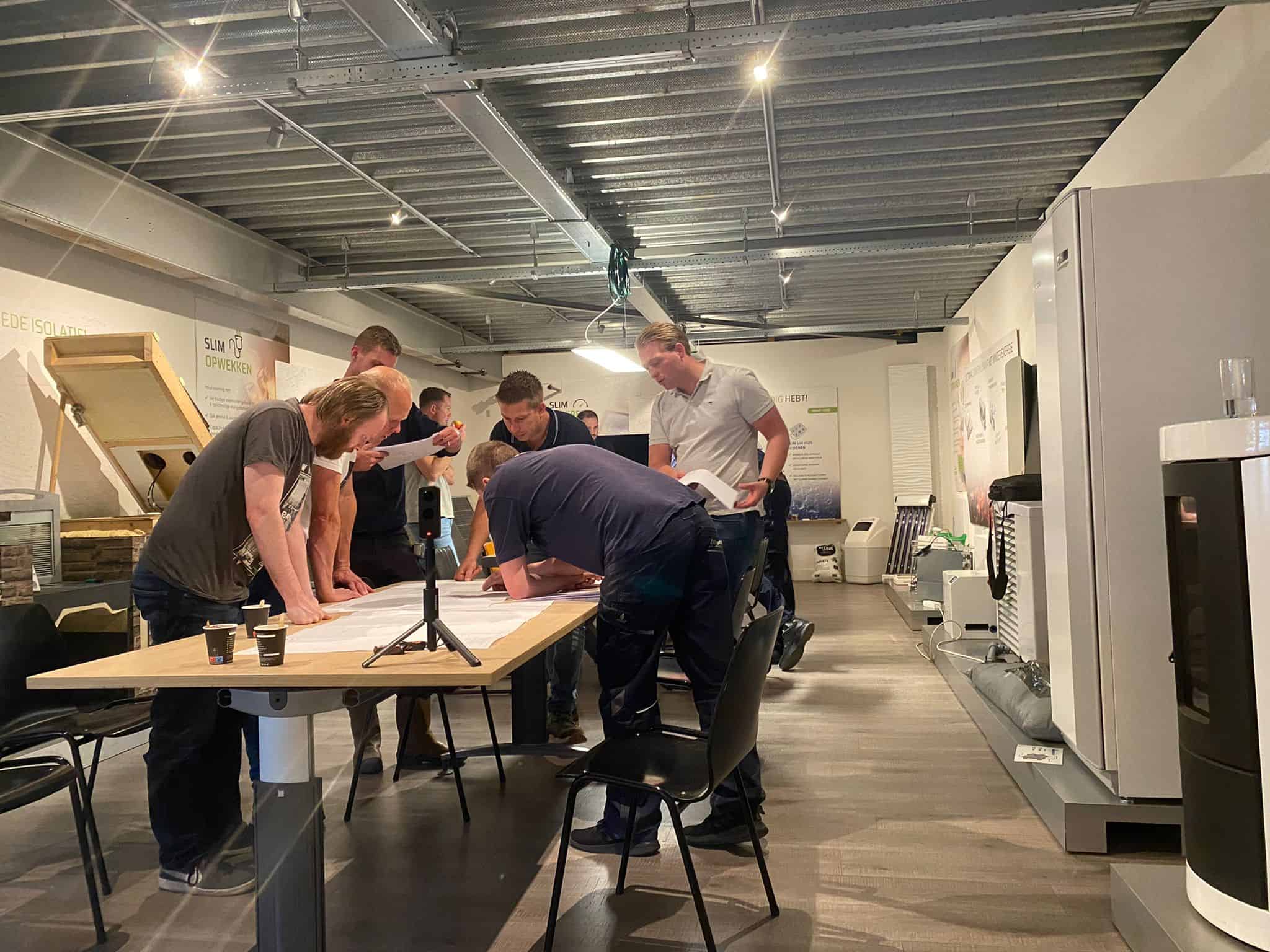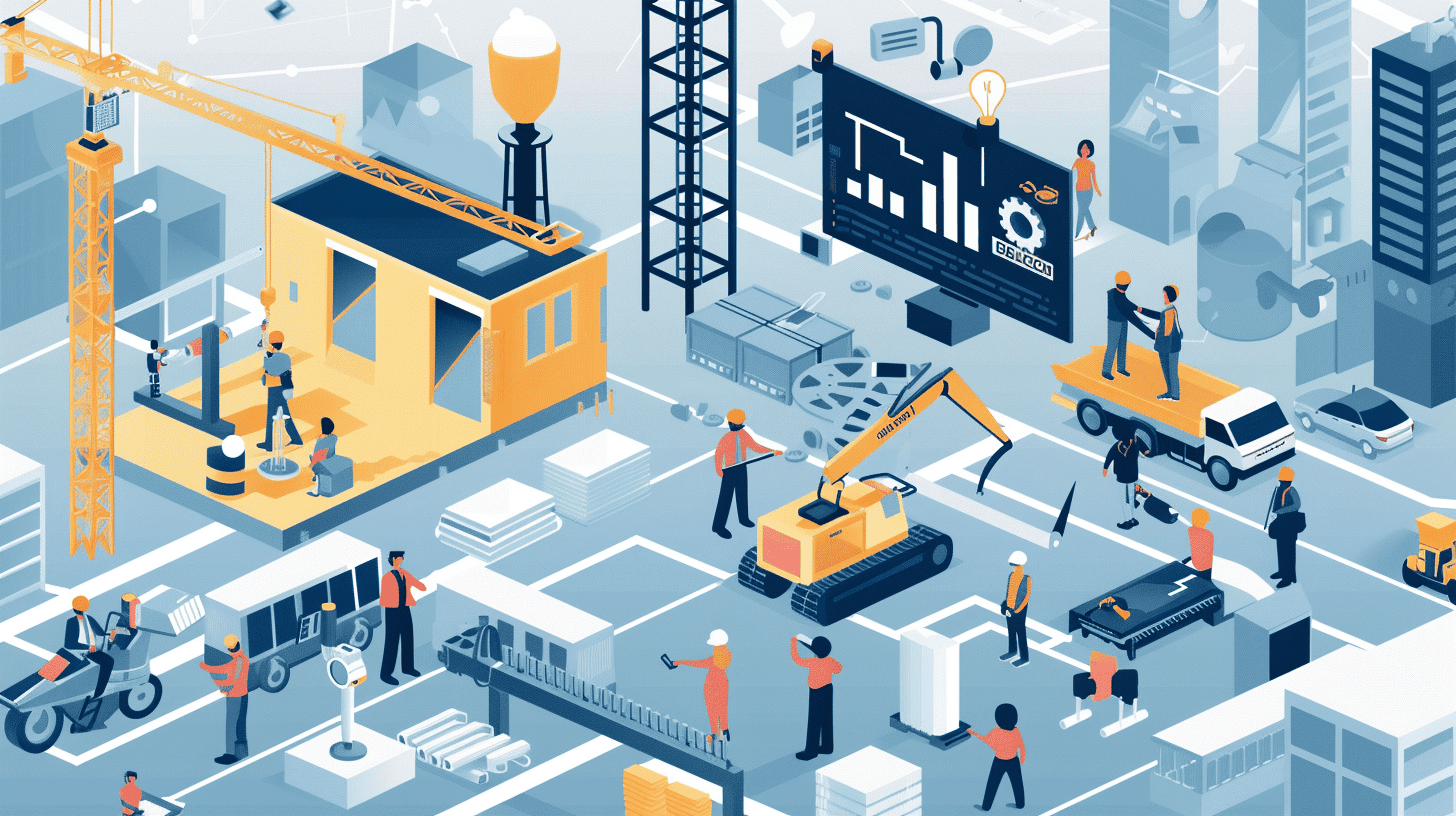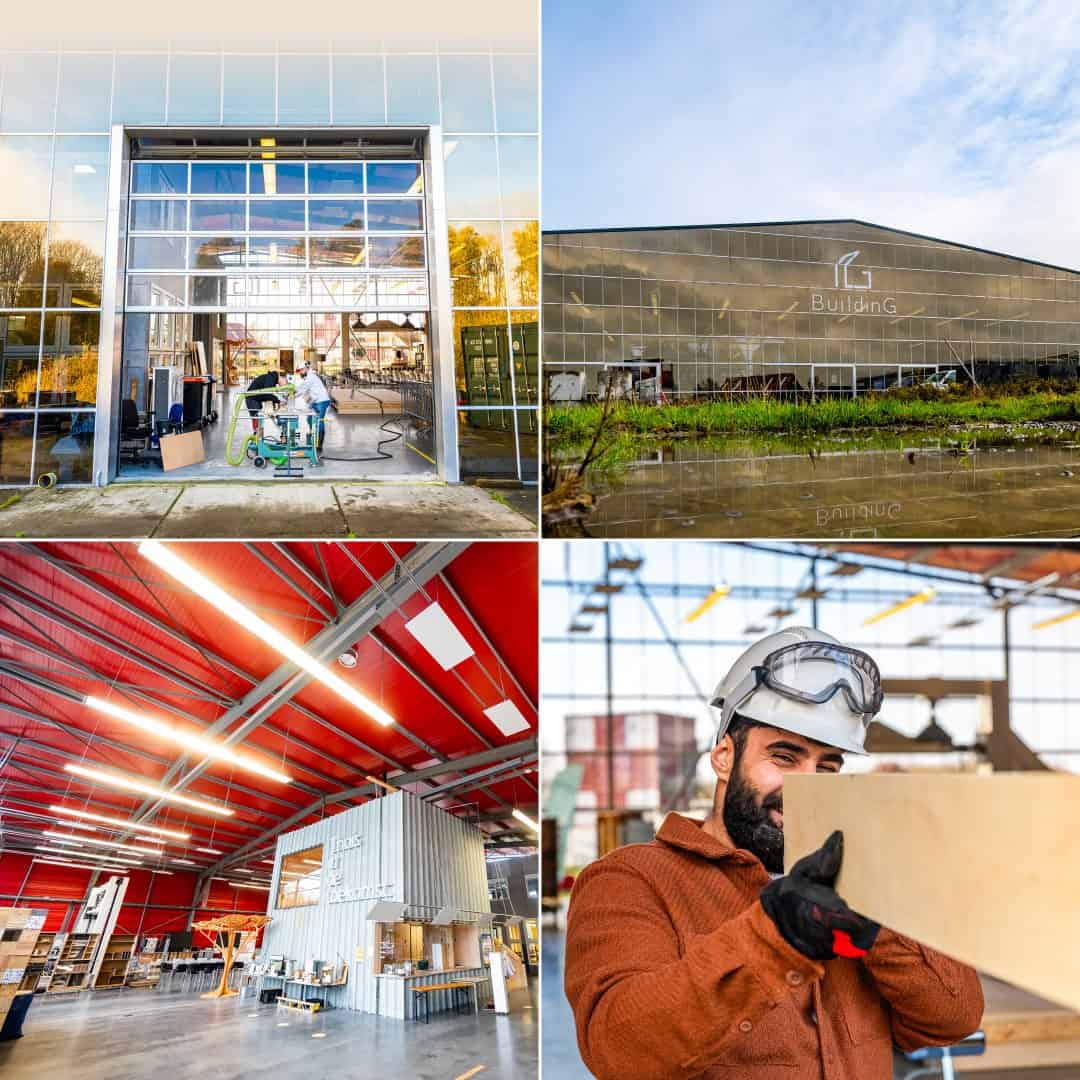
Openness, curiosity, and the courage to fail. These are important qualities for true innovation, according to Maaike Riemersma. She is a strategic advisor for TKI Bouw en Techniek and is involved as a program manager for Regionaal Bouwen aan Human Capital. “We are facing several major transitions in construction. Think of the energy transition and the transition to bio-based and circular construction. Innovations are badly needed in this regard. In addition to the need for industrialization, digitization, and structural financing, there is also a huge shortage of personnel. In short, we have to do more and more complex work with fewer people,” says Riemersma.
Regionaal Bouwen aan Human Capital
Construction is innovating to achieve a clean, circular, and future-proof living environment. With the emergence of new technologies such as artificial intelligence, 3D printing, and sustainable concrete, the construction industry is in transition. For these innovations to land successfully in practice, craftsmen and professionals need new skills. With the Regionaal Bouwen aan Human Capital program, TKI Construction and Technology, the Top Consortium for Knowledge and Innovation, aims to accelerate the development of these skills among both current and future professionals. An important part of this is the development of a scalable regional approach around Human Capital. After over a year, the program in its current form is coming to an end. In this series, we take stock and ask the parties involved about the most important results.
The construction sector needs new technologies that save labor and increase productivity, such as using robots on the shop floor and implementing smart software systems to standardize the exchange of data. However, these innovations are useless if people cannot work with them. Riemersma: “People must learn to work with innovations. Without the new skills, the effective implementation of technology is not possible. In addition to the technical innovations, it is also important to look at the social ones. If we want to move forward in today’s complex issues, a different way of working together is required. Good cooperation between business, government, knowledge institutions, and education is crucial in this regard. This program has shown that this approach works, although there is still much to learn.”
Integral innovation
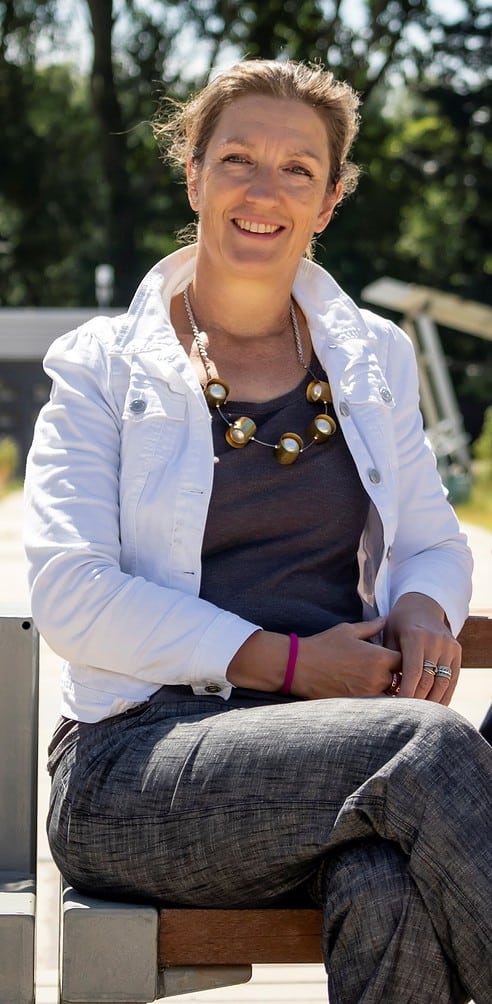
All the players in this innovation ecosystem have their challenges. For example, “business” consists of many types of corporate structures. From large national or even international players to medium-sized companies and – typical of the construction industry – a whole bunch of small family businesses and self-employed workers. Riemersma: “Implementing innovation works differently for everyone.” Education – from vocational training to university – faces yet other problems. “The recruitment of new students for some construction-related courses, such as civil engineering, is too low. This, combined with an aging population, is causing the recruitment of new personnel in the entire sector to lag. Moreover, we have noticed that setting up innovation projects at educational institutions is difficult. Schedules are often already filled for an entire year.”
The central government’s structure also involves different actors. Several ministries deal with construction developments, and project funding is often fragmented. “This makes it difficult to investigate all aspects of innovations and to test and implement the technology on a large scale. It is, therefore, extra special that, in this case, the Ministry of the Interior Affairs did have the foresight to fund the innovation program in its integrality. After all, many forms of funding are normally focused on working, learning, or innovating, while acceleration requires close cooperation between companies, education, knowledge institutions, and innovation partners.”
Uncertain times
The current times bring uncertainties. “We have to learn to live with the uncertainty that change brings and work within it as efficiently and effectively as possible. New technologies such as artificial intelligence are probably going to change work forever. Developing new skills is very important in this regard. In addition, it is essential to keep talking to each other about the uncertainties involved. This is also part of a new way of working and often requires new skills. The skill to be able to reside in uncertainty is what I call it. Ultimately, we are working together toward sustainable construction.”
That sounds easy, but it’s not. Construction companies are often in a tough spot when it comes to innovating. “The construction industry is always behind the economy, and because of the tight margins, innovation has to happen in the projects themselves. When things are going well, construction companies have many orders, so they don’t have time to innovate. And when the economy is down and there are few orders, there is no money to invest in innovations,” she explains.
Inspiration and wonder
Over the past year, the four regional hubs in the Regionaal Bouwen aan Human Capital program have made strides around various innovations. Regional human capital approaches have been realized in which the ecosystem, innovation pathways, educational innovation, and labs are important pillars. Examples of the methods used include new forms of cooperation, such as microlearning communities and orientation paths for students and professionals. There is even a large living lab – at Bouwlab R&Do in Haarlem – where entrepreneurs step into a time machine and see what construction will look like ten years from now. With inspirations like fully circular homes and 3D-printed bridges. The core of all activities: bringing work, innovation, and learning closer together. This is the basis of TNO’s Share Building & Technology method. In this program, this method – to accelerate the skills development of professionals and the application of innovations – has been researched and developed on a larger scale.
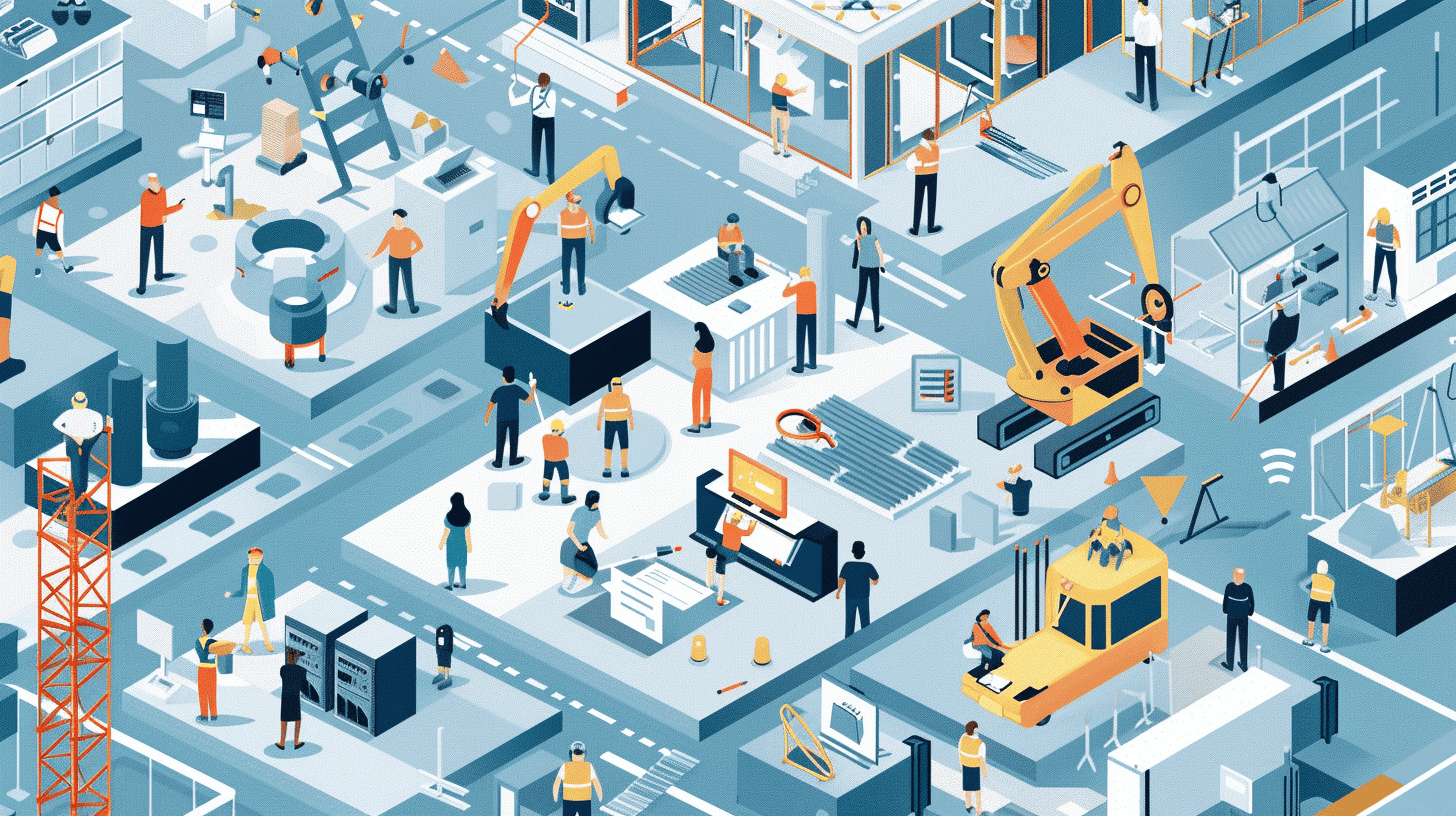
Regional network essential
A regional approach proved essential. Riemersma: “Because of the large number of smaller companies and local production in construction, it is important to use regional ecosystems. Parties who are members of these networks enthuse and motivate each other. Through the program’s national connection, the hubs can exchange information. This way, organizations do not have to keep reinventing the wheel themselves but can learn from each other. That turned out to be a good combination of both scales.”
Building together
Riemersma looks back on the past year with pride. “In this program, there was room for the various aspects of innovation and skills development, for example, in labor-saving and productivity-enhancing technologies. The funding was not so much focused on one specific component but on the complete value chain. Governments, companies, and educational institutions were involved and looked across sectors. That integrated approach is crucial to bring the transitions we are now facing to a successful conclusion.” In addition, according to Riemersma, it is also crucial that people and organizations dare to fail, learn from it, and arrive at a joint solution. “That requires a different form of cooperation, with more openness to each other. The challenges are too complex to hold one person or company responsible for problems. That solves nothing. Large societal problems require a different approach. This requires joint and in-depth studies to identify what is needed and to test different solutions. That includes joint responsibility.”
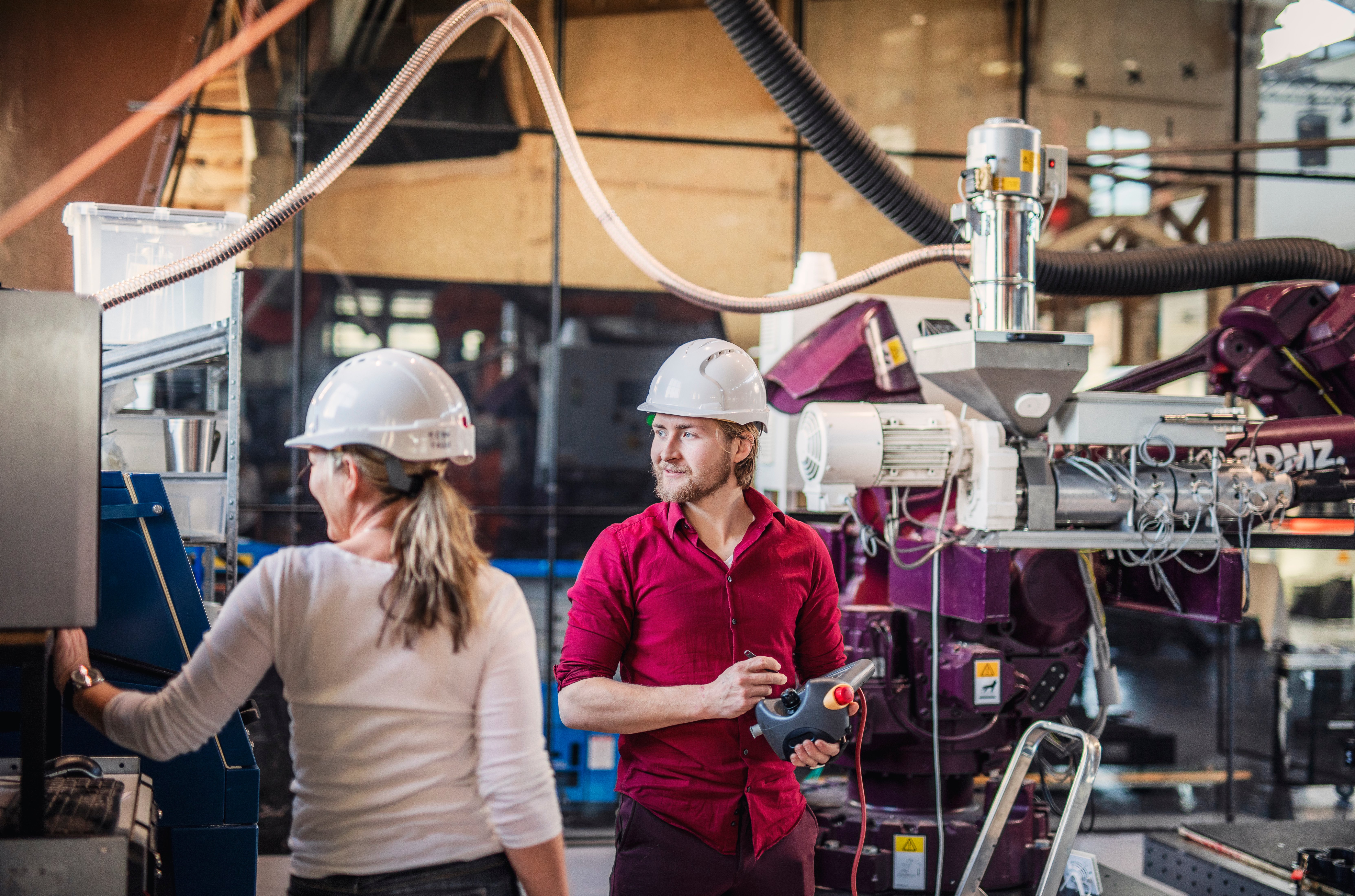
The Regionaal Bouwen aan Human Capital program is now over, but the follow-up program, Toekomstbestendige Leefomgeving, has already begun. “In the first program, the hubs expanded their ecosystem with dozens of (strategic) contacts. In addition, the ties between the hubs and organizations in their ecosystem have strengthened. That is a good basis for continuing to build a future-proof living environment in the follow-up program.”



